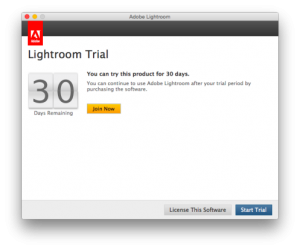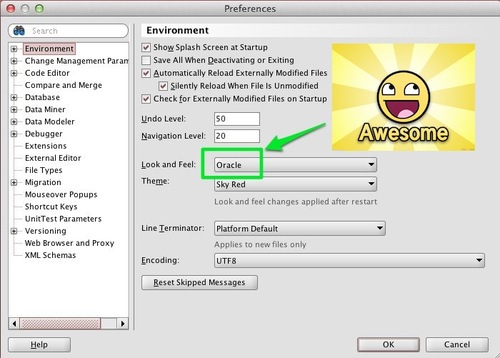
This will upload your entire photo library to Adobe cloud storage, which enables you to access the full-resolution photos from any device using Lightroom cloud apps, which are available for Windows, Mac, iOS, Android, and ChromeOS. In a nutshell, you can migrate your Lightroom Classic catalog to the Lightroom cloud. I know it won’t work for everyone, but when it comes to being able to access the same source files and edits from any computer/device, that’s exactly what it was designed to do. The Lightroom Cloudįirst, we have to seriously consider the Lightroom cloud ecosystem of apps as an alternative to Lightroom Classic.

After reading through these options, I encourage you to bring your questions to the KelbyOne Community where we can continue the conversation and explore the specifics of each option as it relates to your own situation. So, what are the options? Well, there are a few, and they all have pros and cons to consider there’s no one-size-fits-all answer. There are many possible scenarios, but they all boil down to the same issue of making Lightroom Classic work in a way it wasn’t designed to be used. Or maybe you just got a brand-new laptop, but still want to be able to use your old one, too.

You may have a powerful desktop workstation as your primary photo station and also use a laptop when traveling. One of the most frequent questions I’ve had over the last few years is some form of, “Since it’s not possible to open a Lightroom Classic catalog over a network connection, how can I use Lightroom Classic to access the same catalog and photos on multiple computers?” This isn’t surprising considering how many of us so often switch between computers (and mobile devices) in the course of our workflows.


 0 kommentar(er)
0 kommentar(er)
